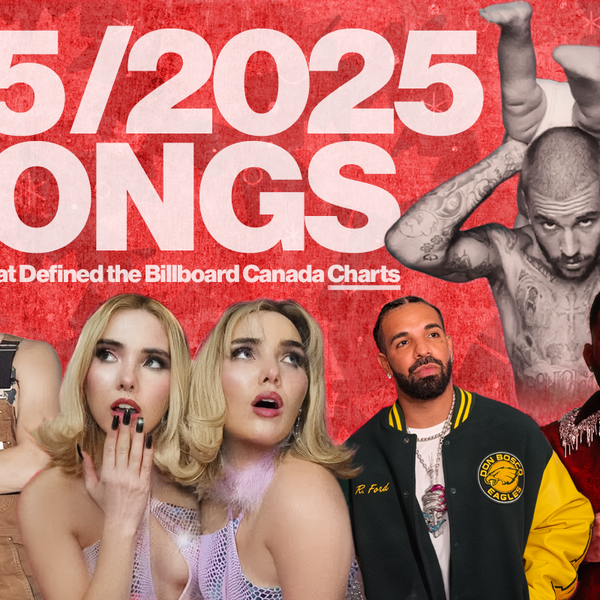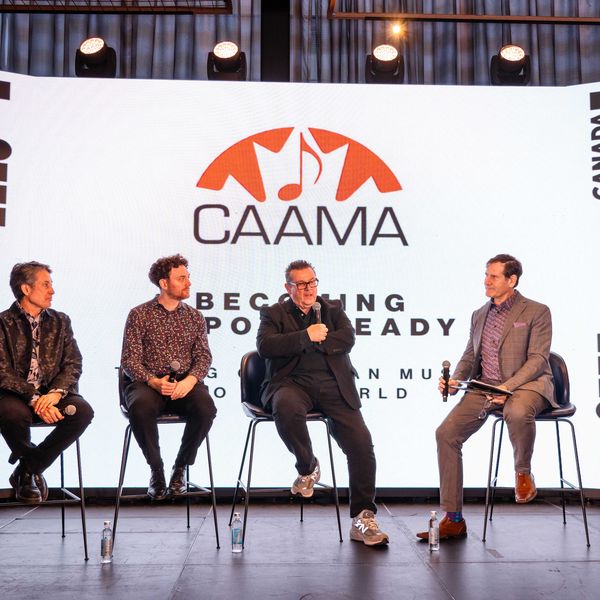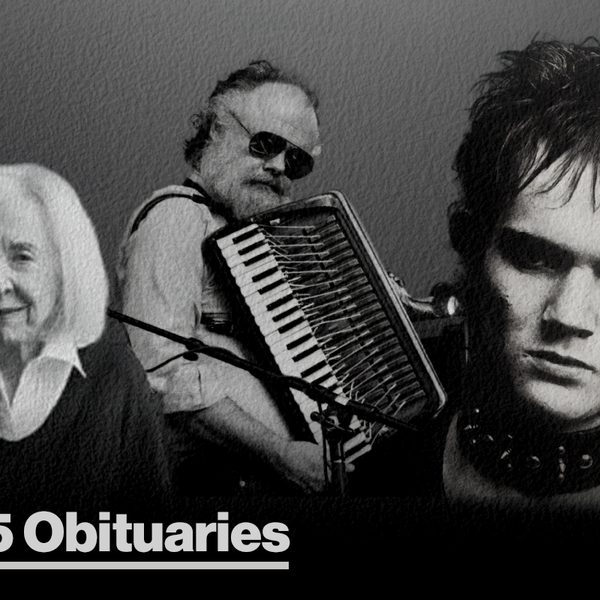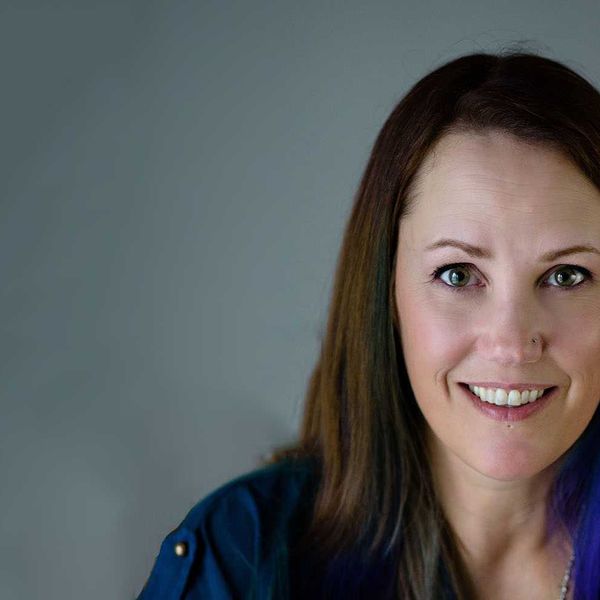Media Beat: Google Will Pay $100M A Year To Canadian News, But Underlying Issues Remain (Opinion Column)
The number the tech giant has agreed to pay as a workaround to the Online News Act sounds large but when it's divided up it won't add up a lot for those in Canada's struggling media landscape.
Google has agreed to a five-year, annual $100M a year payment to news publishers. That number, indexed to inflation, is a workaround to the Online News Act, which compels online companies with 20M unique monthly users and annual revenues of $1B or more to compensate news outlets for sharing links to their pages.
Only Google and Meta, which owns Facebook and Instagram, meet those criteria in Canada. Meta has already opted out by disallowing its users to post links to Canadian news stories (but continues to allow screenshots of news stories without links to be posted).
Scrutiny of the Online News Act is to be undertaken by the CRTC, which will be costly and will likely necessitate the hiring of internal auditors to scrutinize to the nth degree whether the “intent” of the Act is being honoured.
Acknowledgement of Google’s contribution is to be lauded, especially given Meta’s lack of participation and perhaps even scorn for the process of compensating news organizations. In a feature dealing with digital ad spending in Canada, Campaign reported that Facebook's Canadian ad revenue in 2019 totalled $2.6B with Google’s haul in the same period totalling $4.8B.
According to The Conversation, for the first two quarters of 2020, Facebook reported revenues of US$924 million in Canada and further reported that in 2018 and 2019, Facebook made nearly $6B in Canada. According to a Reuters report in July of last year, the Canadian government estimated that 80% of all ad revenue in Canada, or almost $10B ($7.5 billion) in 2022, went to Google and Meta.
Media and in particular news media have seen its share of advertising revenue slide off the table with the tidal shift of eyeballs abandoning legacy, Canadian-owned media for online platforms.
As to who gets what from this new treasure chest of what could be considered relative chump change, CBC/Radio-Canada will get no more than $7M, and $30M at most will be reserved for other broadcasters, as per a CBC News report. The other $63M will be shared among other qualifying news outlets, such as newspapers and digital platforms.
But the bundle of new cash isn’t just going to news organizations reporting the news but instead is to be divvied up between a number of politically motivated verticals reporting on specific groups that cater to subsets of the general population.
The cash outlays will be decided on by 12 independent media outlets that represent French language, community and Indigenous news, and publications that specifically represent Black and Canadians from other underrepresented groups. Of course those groups count, but I'd argue what precious little funding exists should build the whole and promote common ground for Canada and all of us as one nation.
According to a Google post, “the collective is committed to distributing the funding in a “fair, transparent, and inclusive manner” as per Sadia Zaman, the Canadian Journalism Collective (CJC) who serves as the independent board director charged with approving grants.
“We look forward to working with the full diversity of the Canadian news ecosystem, including traditional print and broadcast organizations, and independent local news publishers, including those who serve Indigenous, Black and racialized communities and Francophone communities.”
Peter Menzies, a former newspaper and CRTC executive, offers a macro view of how interventionist politics can upset the natural order in Canadian media in a well-researched opinion piece that was first published by The Hub and then reprinted by the Macdonald-Laurier Institute.
From my perspective, the $100M splintered between a few legacy media properties and a bushel of verticals with targeted audiences won’t do much for improving news coverage of federal, provincial and civic politics where political malfeasance is on the rise. The $100M gift to news media is a drop in the bucket and feeds fuel to those who say Big Government is in control of Canadian media. The current 15% allowable deduction to a total of $500 for news subscriptions in Canada is almost laughable and certainly pitiful. Subscriptions would certainly be more attractive if the rate was increased to 50% or more, but there is no discussion about raising the allowable rate.
For years, governments in power have disrupted free enterprise (the good, the bad and the indifferent). It has suppressed entrepreneurship and created an industry of grant applicants. Many of these applicants play a shell game with their income streams and make hires and allocate funds dictated by government decree. How many radio licenses have been handed out to applicants because they promised an audience too small to count?
Our governments have proven themselves to be spendthrifts. Federal interest payments were projected to reach $46.5B, or 10.2% of total federal revenues, in 2023/24. New spending in the 2024 federal budget totals $52.9B.
We can dole out crumbs to verticals but the Thomson family, which owns The Globe and Mail, has invested tens of millions of dollars in the past several years on IT and adding great journalists to its newsrooms. The idea is to improve the offering and win subscribers over. Today, The Globe and Mail has 300,000 subscribers, of which 210,000 are digital-only and 95,000 are print subscribers.
Back in 1999, 70% of the company’s revenue came from advertising, display and classifieds. They are finding profitability in the new world order with exclusive content that is rich in usable information. The Globe is likely to receive far less from the new Google payment system than it did when it licensed content directly with the online behemoth. But the newspaper is finding its way in the new world order, like the New York Times, The Economist, and the few others that are investing in themselves and making it worth paying for access.
We’ll find out more about the collective dolling out the money and who gets what at a later date. My guess is that when the spigot is closed, the call for more free money will still be heard and the number of Canadian media voices will be smaller still.


















